Read next
The latest news, updates and expert views for ambitious, high-achieving and purpose-driven homeowners and property entrepreneurs.

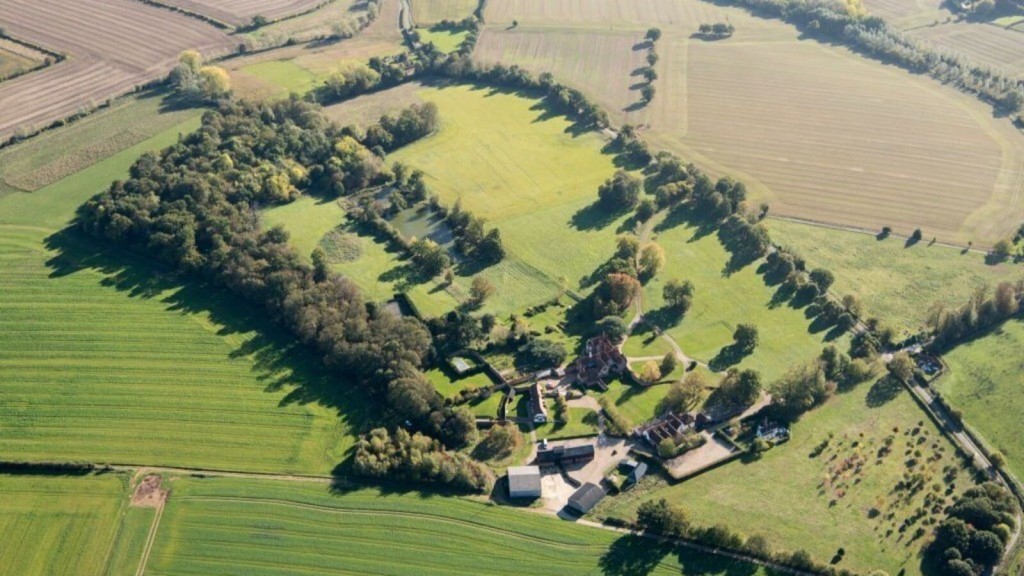
Picture this: a prime piece of land in the heart of the English countryside.
The location is ideal, the views are stunning, and the potential for development is immense. As a property developer, you can already envision the lucrative opportunities that await.
But there's one significant hurdle standing in your way - upon checking the Green Belt map, you learn that the land is situated within the Green Belt.
Designed to prevent urban sprawl and retain the openness of the countryside, gaining planning permission to build in the Green Belt is notoriously difficult, with local planning authorities (LPAs) rarely approving developments on land with this designation.
However, all hope is not lost.
Although obtaining planning permission in the Green Belt is undoubtedly challenging, it is not impossible - especially now there are new planning rules in play thanks to the government’s planning reforms and the updated NPPF.
In today's article, we are going to explore the 'very special circumstances' in which development may be approved, helping you uncover the potential for your dream project.
Let’s get started.
Very special circumstances are the unique and exceptional conditions that can justify development within the Green Belt, which is normally considered inappropriate.
This framework allows for the approval of proposals that, under ordinary circumstances, would be contrary to the Green Belt policy's fundamental aim of preventing urban sprawl by maintaining open land. These circumstances require a demonstration that the potential benefits of the development significantly outweigh its adverse impacts on the Green Belt.
These special circumstances are not predefined or exhaustively listed and instead crop up on more of an ad hoc basis, meaning there’s a degree of flexibility and judgement involved in these planning decisions.
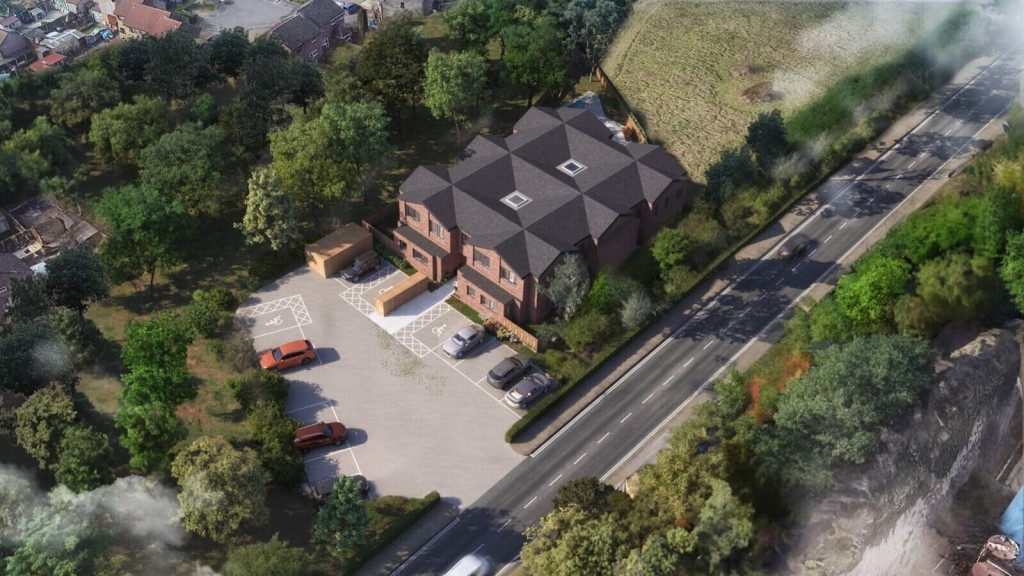
For your proposal to be deemed acceptable, you must present a compelling enough argument to demonstrate that the potential harm to the Green Belt by reason of inappropriateness - and any other harm resulting from the proposal - is clearly outweighed by other considerations.
Importantly, just because you meet one of these conditions, it doesn’t mean you will necessarily gain planning permission to build in the Green Belt - that is the call of your local planning authority, who will make the decision on a planning balance. More commonly your application would be approved if it met several conditions which, in combination, could amount to very special circumstances for building in the Green Belt.
Of course, even if you feel you’ve crafted a persuasive argument in your planning application, your LPA still might decline your application. However, it's important to remember that the judgement of a council's planning officer is not infallible. In fact, a significant number of Green Belt development projects gain approval from the Planning Inspectorate after a Green Belt planning appeal is lodged against the initial application decision.
Undoubtedly, planning officers and inspectors make their assessments of Green Belt development applications on a qualitative rather than quantitative planning balance. This nuanced approach allows for the consideration of the broader social, economic or environmental benefits that a development might bring and also ensures that each proposal's merits are dealt with individually and measured against the specific and unique harm it might pose to the Green Belt's purposes.
Now, let's explore the various conditions that may constitute very special circumstances.
The five-year housing land supply is a national policy that was introduced to help maintain the delivery of new homes across the country by ensuring local authorities provide an adequate supply of sites for housing to be built on.
If your site's local council is currently unable to demonstrate a five-year housing land supply (5YHLS), particularly with an outdated local plan (over five years old), there may be increased potential for Green Belt development opportunities. In such circumstances, this creates what we refer to as a 'tilted balance', which may favour sustainable development proposals.
While usually this factor alone won’t be enough to amount to very special circumstances, when combined with other elements, it could help tip the balance in your favour.
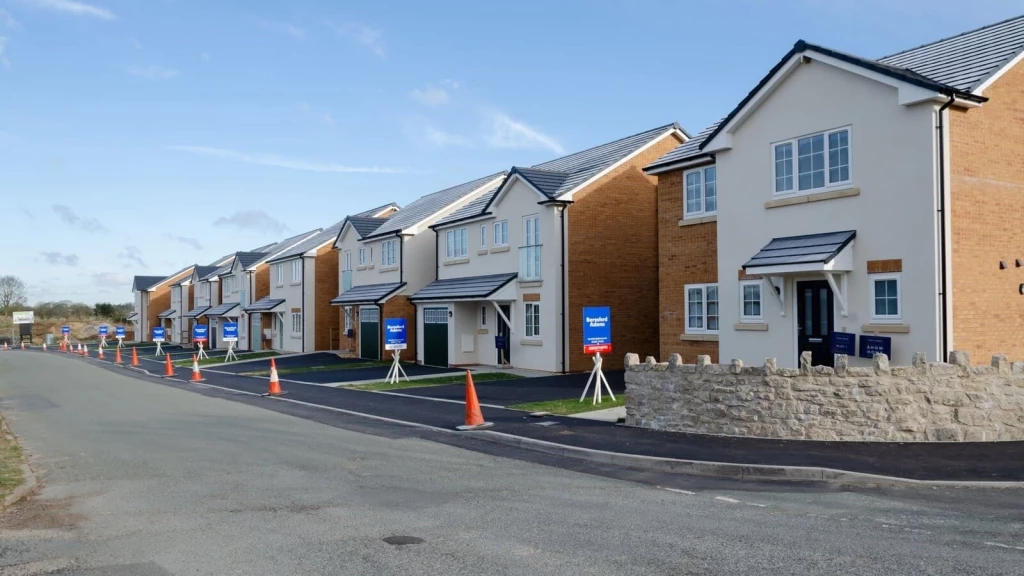
An example of the lack of a five-year housing land supply contributing to very special circumstances was seen in the case of a proposed development in the Green Belt in Hertsmere, Hertfordshire, in March 2024. The proposal included the construction of up to 74 homes, including 45% affordable housing and up to four self-build and custom housebuilding plots.
The local authority could only demonstrate a housing land supply of 1.36 years, falling significantly short of the required five years. The planning inspector attributed very substantial weight to the delivery of both market and affordable homes, along with significant weight to custom and self-build homes.
The inspector concluded that the combination of the housing benefits, set against the failure of the development plan and the plan-making process, and the overwhelming deficiency in the five-year housing land supply, clearly outweighed the harm to the Green Belt and any other harm, justifying the development.
Another potential very special circumstance is self-build and custom-build housing.
Sometimes, a self-build house in the Green Belt - any home where the owner plays a part in the design or build, including those who commission firms to do so for them - is accepted as a very special circumstance for gaining planning approval.
England is reportedly a long way behind other countries when it comes to the provision of self-build and custom-build housing, with many LPAs failing to meet their targets of this construction type. Because of this, one of the key changes outlined in 2023’s Levelling-up and Regeneration Act is that councils have an increased pressure to grant permission for self-build houses.
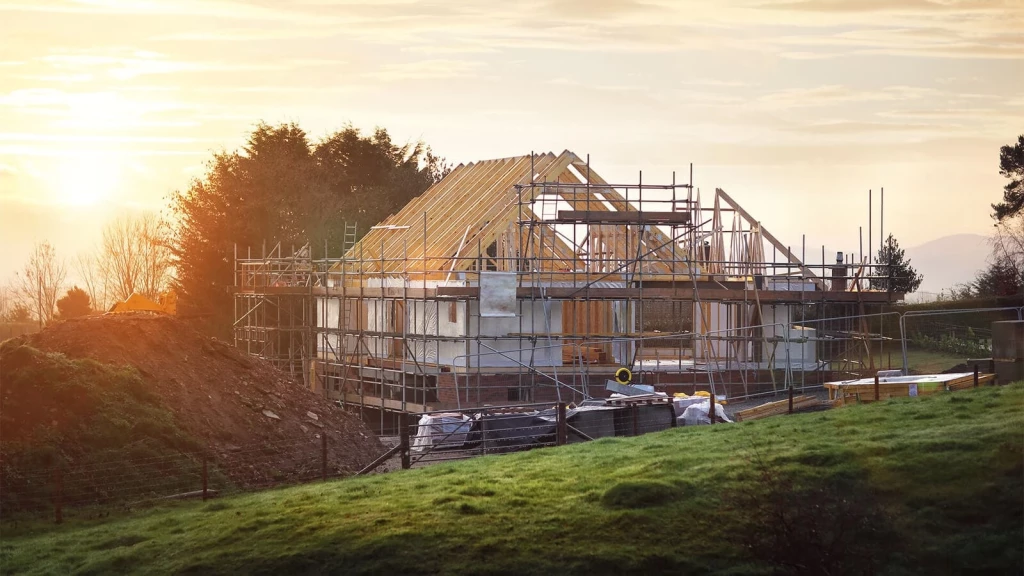
Not dissimilar to the first special circumstance listed, if a council is failing to meet their obligations when it comes to providing land for self-build and custom-build projects, you may have a better chance of gaining approval under the justification of very special circumstances.
This was seen in the Royal Borough of Windsor and Maidenhead, which is made up of 83% Green Belt. While the proposed four custom and self-build plots were initially rejected, the self-build register (which records the demand for those wanting to build their own homes), was drawn upon at appeal and indicated that supply was not meeting demand. As a result, the planning inspector found that very special circumstances were able to justify the projects and permission was granted.
There have been instances where development on the Green Belt has been permitted because of its contribution to the tourism of a town and its subsequent role in bolstering the local economy.
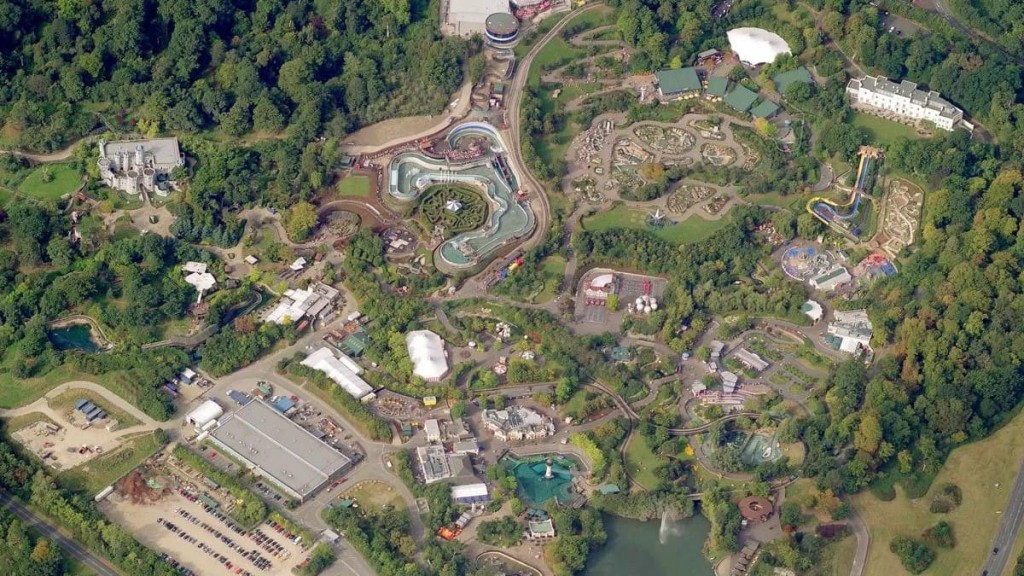
Let's look at an example. In 2018, permission for an extension of the Legoland tourism attraction was granted in a pocket of Green Belt land in the Royal Borough of Windsor and Maidenhead, with councillors concluding the tourism and economic benefits outweighed any harm to the Green Belt.
Interestingly, the extension isn’t just an additional few square metres that will go unnoticed. Instead, it is a £35 million project that will see the creation of 450 accommodation lodges in Windsor Forest, adjacent to the existing site.
The project overcame significant backlash and campaigning from CPRE, the countryside charity, who took their objections to England’s High Court and Court of Appeal and then when rejected, appealed to the Supreme Court, where their bid to block the plans was rejected again.
Naturally, this ‘special circumstance’ isn’t relevant to those who own small land parcels, but it could be something for housebuilders and developers with more land to consider.
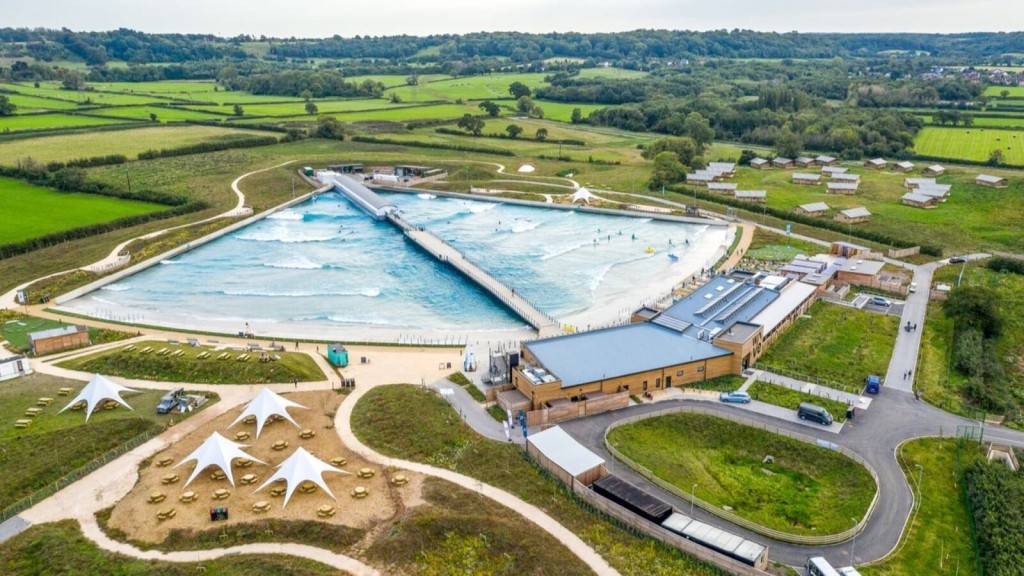
Another example of the contribution to the local economy and tourism being a factor in granting planning permission in the Green Belt is the case of a man-made surfing and swimming lake near Bristol. In 2015, South Gloucestershire Council granted outline planning permission for ‘The Wave’, a unique inland surfing experience at Washingpool Farm in Easter Compton, despite the potential harm to the Green Belt.
The council judged that the economic benefits of the development outweighed the potential harm to the Green Belt, with a majority vote of nine to one, with one abstention (refusal to vote). The Wave brings together surfing, nature, and education, with a freshwater lagoon at the centre of the development, using innovative technology to generate perfect surfing waves for both experienced surfers and beginners.
Sometimes permission will be given for projects in the Green Belt that enhance recreational facilities for the residents of the community.
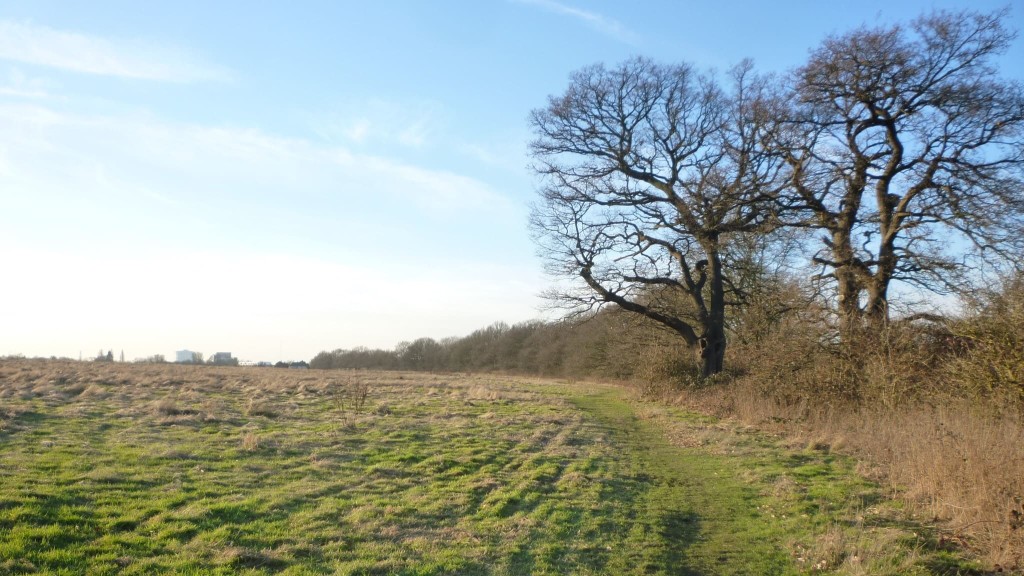
This was the case in 2018 when a football club located in the Metropolitan Green Belt was granted permission to build a training facility.
Despite fierce opposition from the local group ‘Hanwell Community Forum’, it was found that the development of the Queens Park Rangers Football Club was the only way to provide improved recreational facilities for the community and that this equated to the very special circumstances needed to gain permission for the project.
In a similar manner to recreational facilities occasionally being grounds for very special circumstances, sometimes extensions to schools within the Green Belt can constitute very special circumstances.
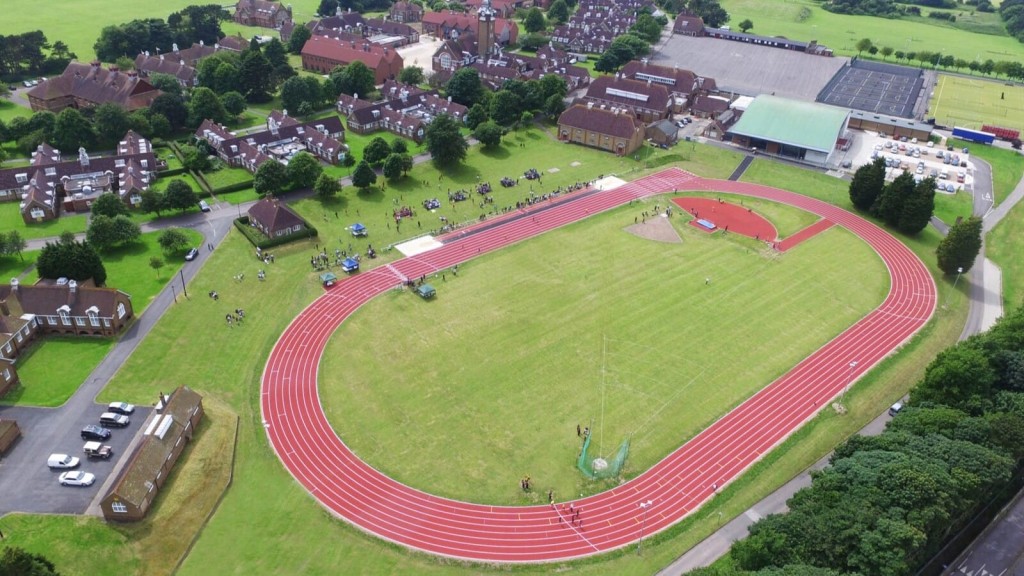
A notable example of this type of case is the proposed works to Focus School, Stoke Poges, which planned the erection of a multi-purpose space and ancillary rooms and the removal of existing modular classrooms, among other works.
The planning inspector acknowledged that the proposal would be an inappropriate development in the Green Belt. However, they emphasised that Paragraph 99 of the National Planning Policy Framework (NPPF) places great weight on the need to expand or alter schools, and the pupils at Focus School were severely disadvantaged by inadequate facilities.
The inspector was satisfied that there were no alternative locations or development proposals that could meet this need with less harm to the Green Belt. They concluded that the significant public benefits of the proposal clearly outweighed the less than substantial harm to the Green Belt.
There have been occasions where councils have granted permission for development in the Green Belt for gypsy and traveller accommodation. Often this is because a council has made little headway in providing an adequate provision of dedicated sites to these groups, so an alternative is required.
Though usually personal circumstances won’t sway a planning decision, if a council isn’t meeting the lawful needs of these nomadic groups, and they’re in a particularly compelling situation where their health and wellbeing might be compromised, then development may be approved.
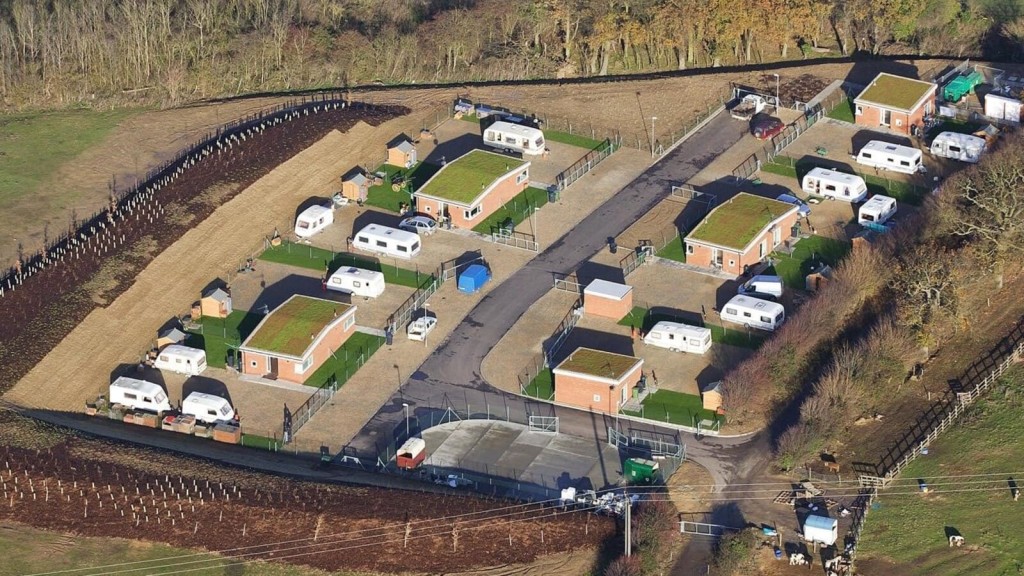
An example of the lack of traveller accommodation was seen on a Green Belt site in Worcestershire when temporary permission was granted for travellers. Despite the accommodation being assessed as a disruption to the openness of the Green Belt, it was found that very special circumstances applied on this occasion as the region was significantly lacking in their supply of gypsy and traveller sites.
The timing was also important here - the application was submitted prior to the council’s forthcoming Core Strategy, which would address the lack of gypsy and traveller sites and identify new locations for this style of accommodation. The logic of the planning inspector was that this temporary permission allowed the applicants a place to live while they waited for new sites to be established.
If a proposed development has the potential to provide significant environmental benefits or enhance the visual amenity of the area, it could be considered a very special circumstance for granting planning permission in the Green Belt.
To strengthen the case for very special circumstances based on visual or environmental improvements, developers should provide comprehensive assessments and evidence demonstrating the project's positive impact. This may include remediation of contaminated land, biodiversity net gain calculations, and visualisations showcasing how the development integrates with the surrounding landscape.
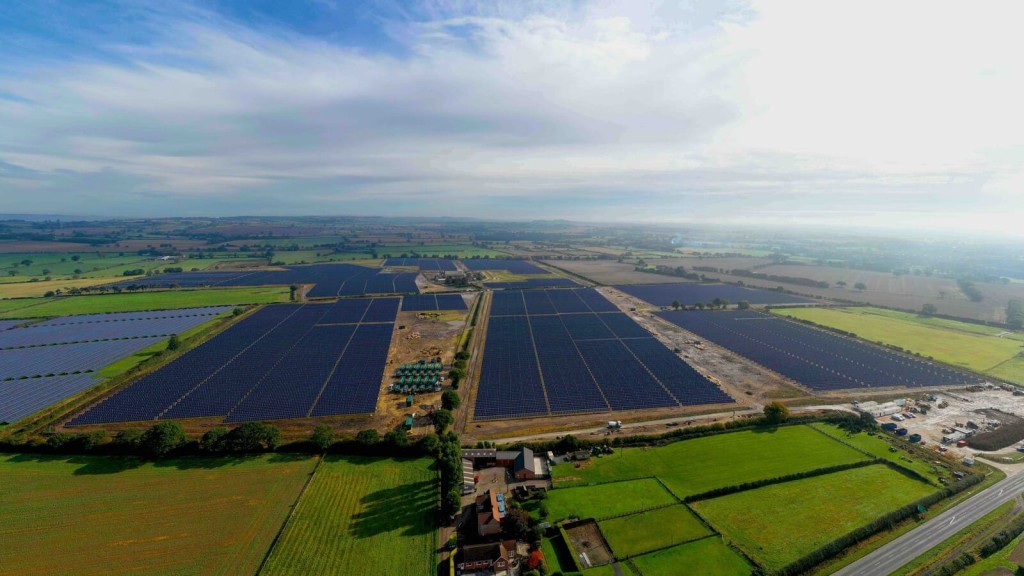
One notable example is the 2018 approval of an expansive solar power facility in Warrington, located within the Green Belt. The development, which covered approximately 130 hectares, was granted planning permission due to its substantial environmental benefits. The solar farm would generate enough clean, renewable energy to power around 18,000 homes annually, contributing to the UK's target of achieving net-zero carbon emissions by 2050.
Whilst visual or environmental enhancements are typically linked with larger-scale developments, they can equally be relevant to smaller projects, such as eco-friendly residential homes or community gardens, provided they are combined with other special circumstances.
In these cases, the proposed development would need to showcase exemplary sustainable design features, such as green roofs, rainwater harvesting systems, or the use of recycled materials. Additionally, the development should be sensitively integrated into the surrounding landscape, minimising its visual impact and preserving the openness of the Green Belt.
There have been situations where on-site accommodation for rural or agricultural workers has been approved and deemed a very special circumstance by planning inspectors. Usually, this approval is tied to its requirement in the effective running of the farm or facility, which inspectors seem to look favourably upon.
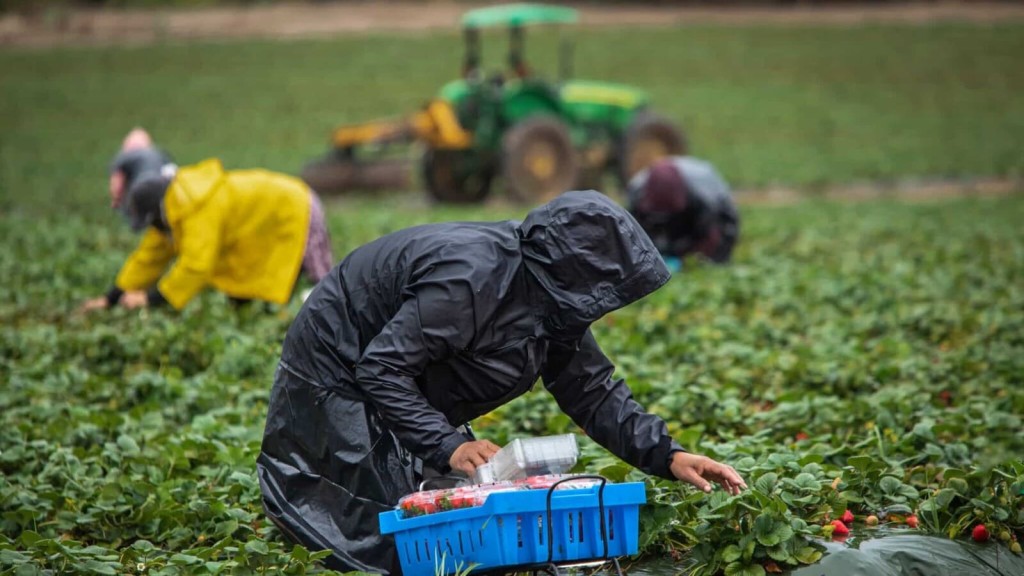
An example of rural worker accommodation was demonstrated in 2018 by Erewash Borough Council's decision, where the planning inspector granted permission for the construction of a permanent bungalow on farmland within the Green Belt. This was specifically designed to house agricultural workers, enabling them to effectively manage and maintain the business’ cattle operation.
The accommodation was considered a very special circumstance because, though the structure would interfere with the openness of the countryside, there was an established need for a permanent residential presence on site. Plus, it would support a prosperous local economy, amounting to very special circumstances and outweighing the harm to the Green Belt.
As mentioned earlier, personal circumstances are usually deemed irrelevant in the planning application and planning appeal processes. However, there have been occasions where medical conditions and personal situations have equated to very special circumstances, allowing development to go ahead in the Green Belt.
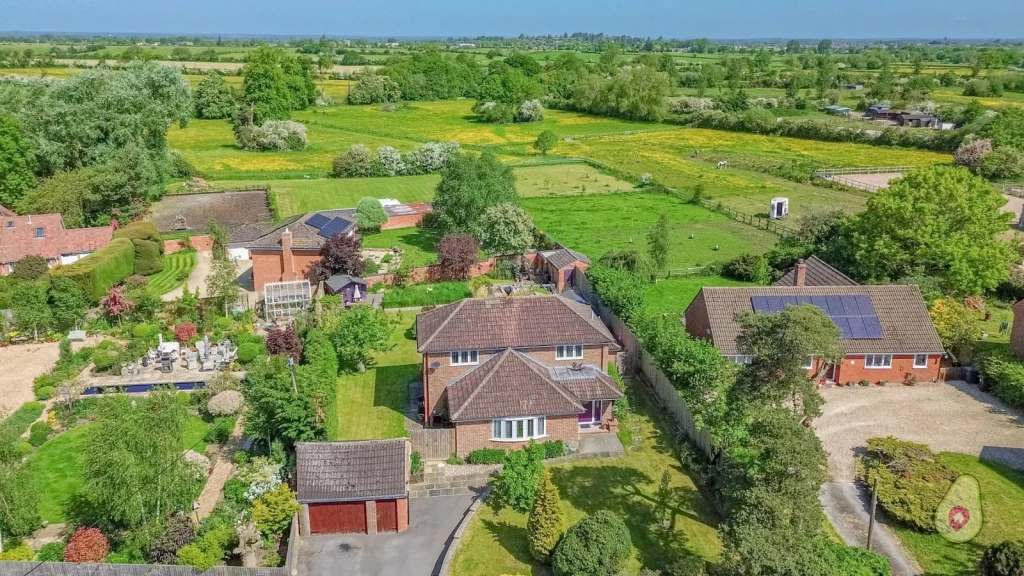
One example of health reasons under personal circumstances occurred a few years ago in Kidderminster, where approval was granted for the creation of an entirely new dwelling. This was designed to accommodate the appellant's need to navigate his home in a wheelchair. The original property wasn’t suitable for the modification required, nor were there existing homes or land in the local area that were appropriate for his needs.
In the planning inspector’s decision letter, the importance of this individual remaining in the same area in close proximity to the support of family and friends was noted (rather than moving to a new neighbourhood), which speaks to there sometimes being a degree of empathy applied in assessing these applications, so long as the harm to the Green Belt isn’t overwhelming.
There have been instances where approval has been granted for the substantial conversion of a listed building within the Green Belt on the grounds of very special circumstances.

One of the clearest recent examples is the major redevelopment of a vacant Grade-II listed building in the Green Belt to become a 280-unit retirement living community.
Due to the area’s pressing housing requirement and the project’s low-level of heritage harm, the planning inspector found that very special circumstances meant the project could go ahead.
Of course, getting a project of this scale over the line needed to be done carefully, and the developers worked closely with Historic England on the application and design to ensure it would retain its essence while improving upon the overall aesthetic of the building.
Fallback positions can sometimes be used to encourage an LPA to approve the desired project via very special circumstances.
What’s a fallback position?
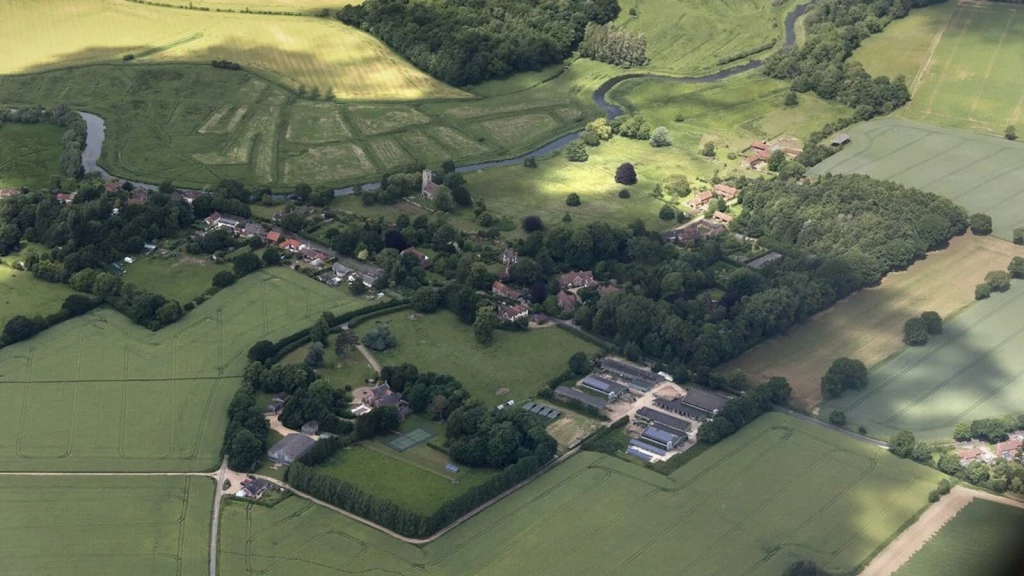
Essentially, a fallback option is an alternative development plan with existing planning consent, which developers can use as leverage when seeking permission for their preferred proposal.
This includes previously granted planning permissions, permitted development rights, and the site's current use. Local planning authorities may consider these fallback options, especially when considering refusing permission, to determine if they genuinely impact the decision as material planning considerations.
Confused?
The easiest way to explain is to use a recent example seen in Hertfordshire.
The applicants utilised a fallback position and suggested that by using a certificate of lawfulness, they could technically extend the existing house without planning permission and that this extension could be far more substantial than the proposed replacement dwelling.
This strategy created very special circumstances in which approving the proposed development would have a lesser impact on the openness of the Green Belt than the fallback option. Ultimately, this strategy secured planning permission for the demolition of a house in the Green Belt and allowed it to be replaced with a much larger house and garage.
In certain situations, very special circumstances can be invoked to justify development in the Green Belt to preserve or enhance a listed building or a conservation area. In other words, heritage balance refers to the careful consideration of the benefits of preserving or improving a heritage asset against the potential harm to the Green Belt.
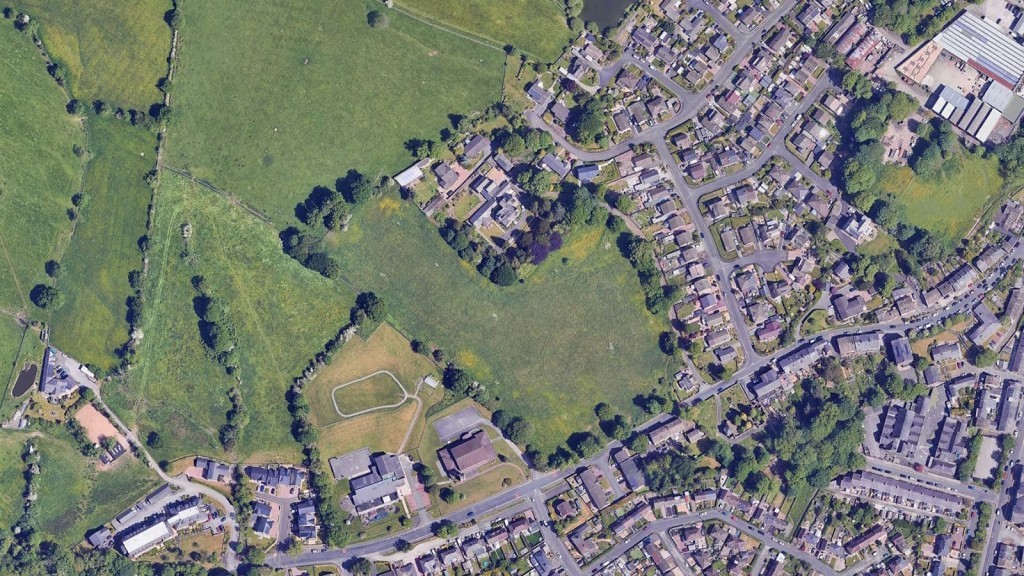
One example of heritage balance in action is a proposal on agricultural land abutting a village conservation area, which had once been formal parkland enclosed by a tall stone boundary wall. To meet highway visibility requirements, a section of the wall would be reduced in height and removed to create a new access, resulting in localised and less than substantial harm to the conservation area.
In this case, the heritage balance favoured the development, and the decision to grant planning permission was made due to the proposal's ability to strike a balance between the need for development and the preservation of the area's heritage value, with the benefits outweighing the limited harm caused to the conservation area.
Fundamentally, the concept of public benefits goes beyond just heritage advantages in heritage assessment. To build a strong case for very special circumstances based on heritage balance, developers need to clearly outline all public benefits of their proposals. This allows decision-makers to consider these benefits alongside heritage considerations during any heritage impact assessment. However, it's vital to detail the heritage benefits, as they often have a significant influence on decision-making processes.
Sometimes if an area has specific development requirements that are thought to be very special circumstances, then you might be able to build in the Green Belt. For instance, if an area requires a new aged care home or student housing and there are no other appropriate locations for this development to take place, then the construction might be justifiable.
An example of the meeting specific development needs case forming the basis of very special circumstances was seen in 2019 in Chester. The proposal was for the demolition of a garden centre, replacing it with 110 care apartments and bungalows for older community members.
Although the planning inspector identified the proposal as inappropriate development in the Green Belt, the appeal was nevertheless allowed, and planning permission was granted.
This decision was made due to the significant contribution the development would make towards addressing the need for specialist housing for older people in the area, alongside the social and economic benefits it would introduce.
Additionally, factors such as the scarcity of alternative sites were considered, leading to the conclusion that the benefits to the community significantly outweighed any potential harm to the Green Belt.
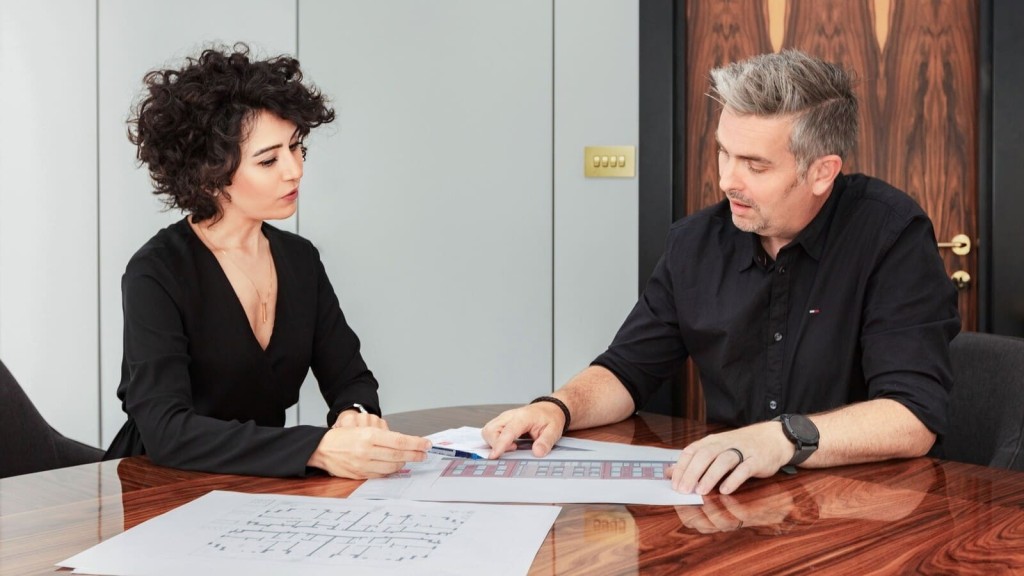
So, there you have it; an extensive list of 13 potential very special circumstances with examples that could help you achieve planning permission in the Green Belt.
None of these circumstances apply to your situation?
Don’t give up just yet.
Not only are there 13 very special circumstances when it comes to allowing development in the Green Belt, but there are also 12 exceptions that might just apply to your situation.
Rather helpfully, we’ve penned an in-depth article covering each of the Green Belt exceptions at length, which we hope contains the answers you’re looking for.
Additionally, the introduction of serious green belt reform in December 2024, including the ‘Grey Belt’ and the Green Belt golden rules, means that more development is about to go ahead on the Green Belt than ever before.
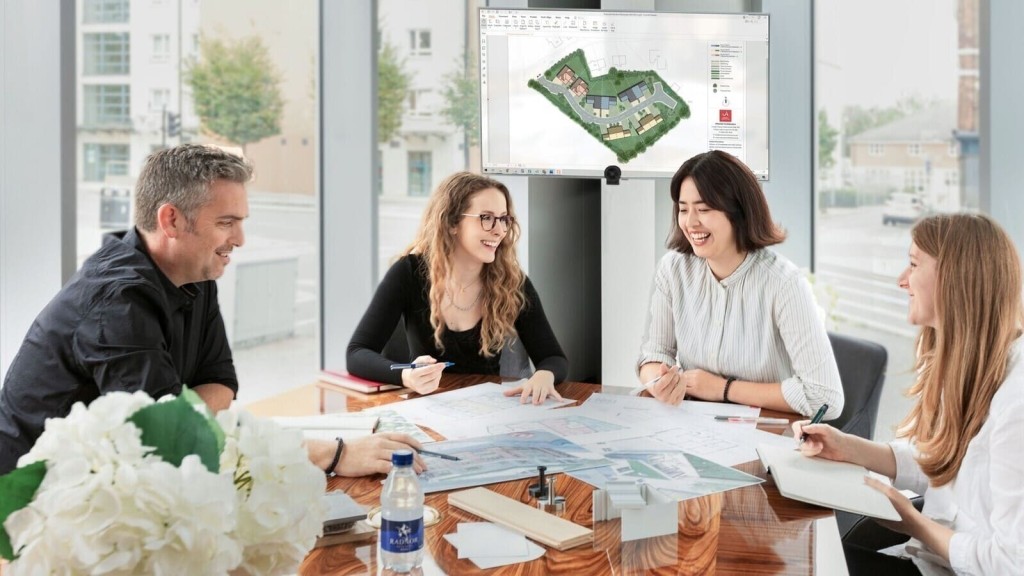
As you will have gleaned from this piece, any development on green belt land will inevitably impact the site's openness to some extent. Therefore, you need to work with experienced green belt architects and planning consultants who can demonstrate very special circumstances to outweigh the implicit harm from inappropriate, enabling you to build on the Green Belt.
While it will be a near impossible task if you attempt a planning application on your own, with the expert guidance of a team like Urbanist Architecture, you’ll be placing yourself in the best position possible to achieve planning success.
Our multidisciplinary team has decades of experience in architecture, urban design and rural planning, and our colleagues are exceptionally skilled in understanding the nuance of planning policy and crafting the applications that planning authorities are the most likely to approve.
If you’d like to learn more about how our team can help you and what the potential options could be for your plot of land on the Green Belt, don’t hesitate to get in touch.
The Green Belt is one of the most contentious and misunderstood pieces of planning policy in England and it’s a topic we at Urbanist Architecture have a lot of experience working with. For this reason, we decided to pool our learnings and pen a book delving deep into the Green Belt from every possible angle.
‘Green Light to Green Belt Developments’ investigates the policy's biggest winners and losers, and explores its connections to climate change and the housing crisis, as well as what the future might hold, particularly now a new Labour government is in power. It also looks at the history of the policy and how it’s managed to endure while other policies have evolved and adapted with the times. Of course, it also identifies the exceptions and circumstances that exist for permitting development in the Green Belt, so you can better your chances of gaining planning permission.
We’ve written this book for anyone seeking a more rounded understanding of one of England's most debated urban planning issues, making it accessible to both industry professionals and the general public.
Whether you are a landowner in the Green Belt wishing to understand the potential for land value uplift or a developer planning to build new homes in the Green Belt, this book is an essential read. Order your copy now.

Urbanist Architecture’s founder and managing director, Ufuk Bahar BA(Hons), MA, takes personal charge of our larger projects, focusing particularly on Green Belt developments, new-build flats and housing, and high-end full refurbishments.
We look forward to learning how we can help you. Simply fill in the form below and someone on our team will respond to you at the earliest opportunity.
The latest news, updates and expert views for ambitious, high-achieving and purpose-driven homeowners and property entrepreneurs.
The latest news, updates and expert views for ambitious, high-achieving and purpose-driven homeowners and property entrepreneurs.
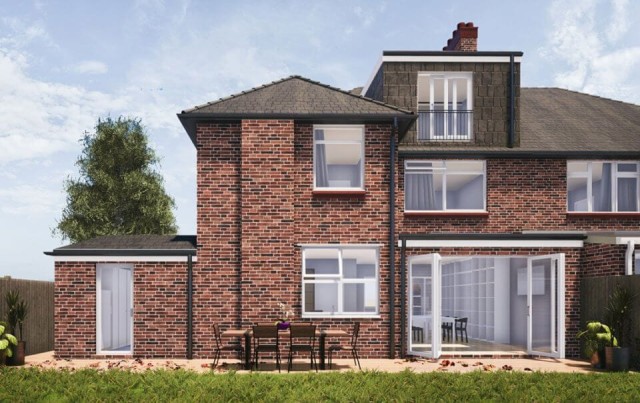
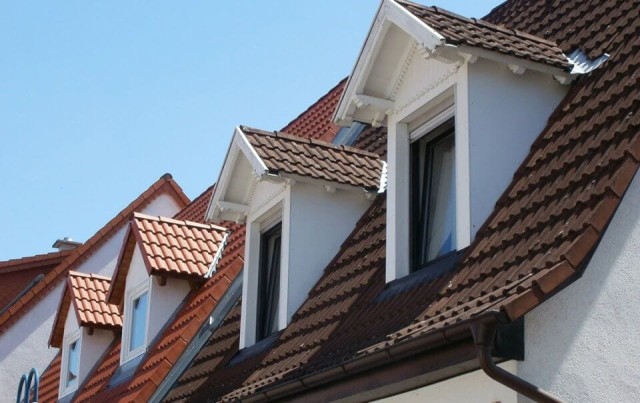
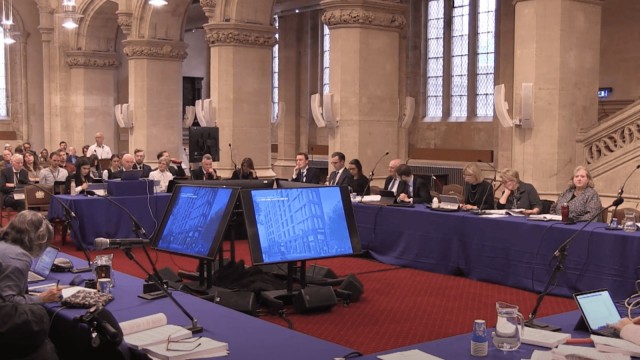
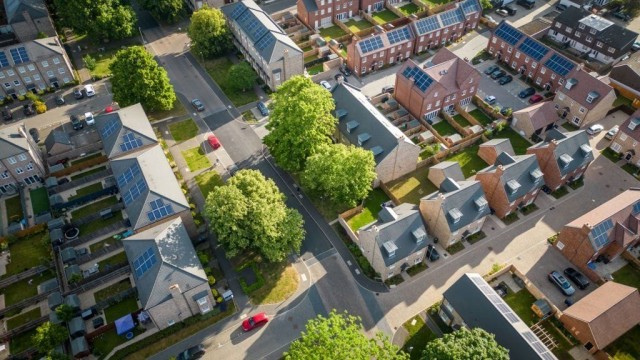
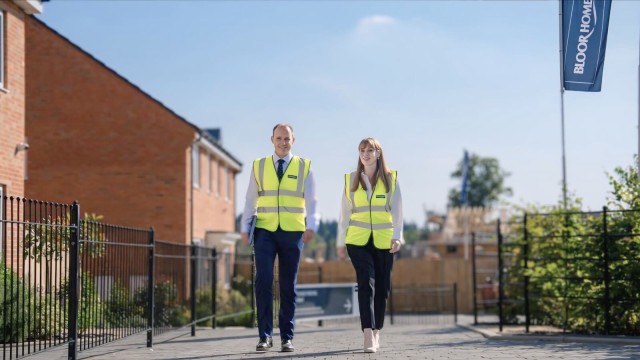
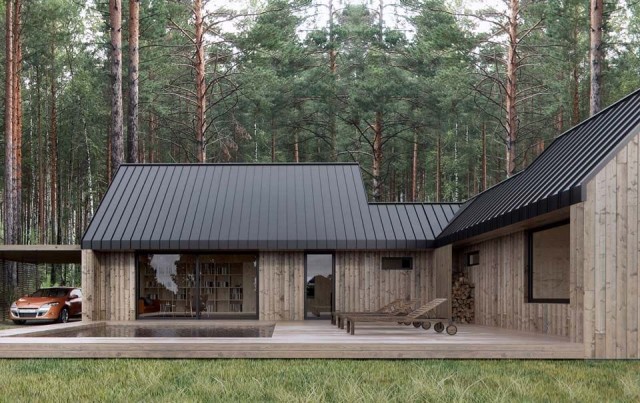
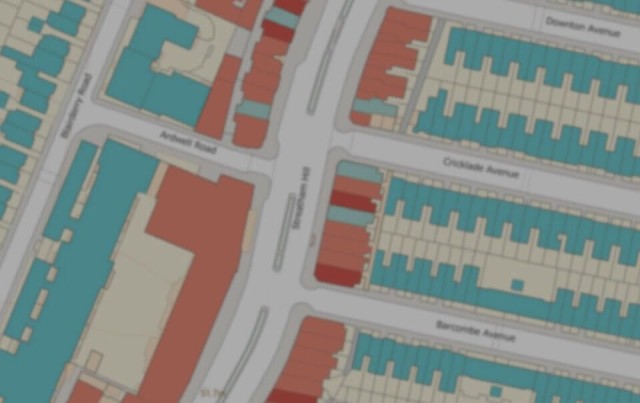
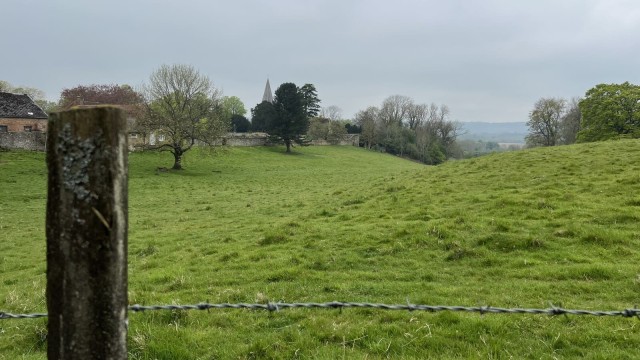
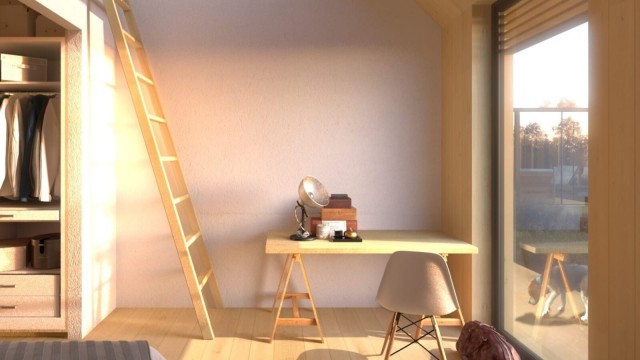

We specialise in crafting creative design and planning strategies to unlock the hidden potential of developments, secure planning permission and deliver imaginative projects on tricky sites
Write us a message